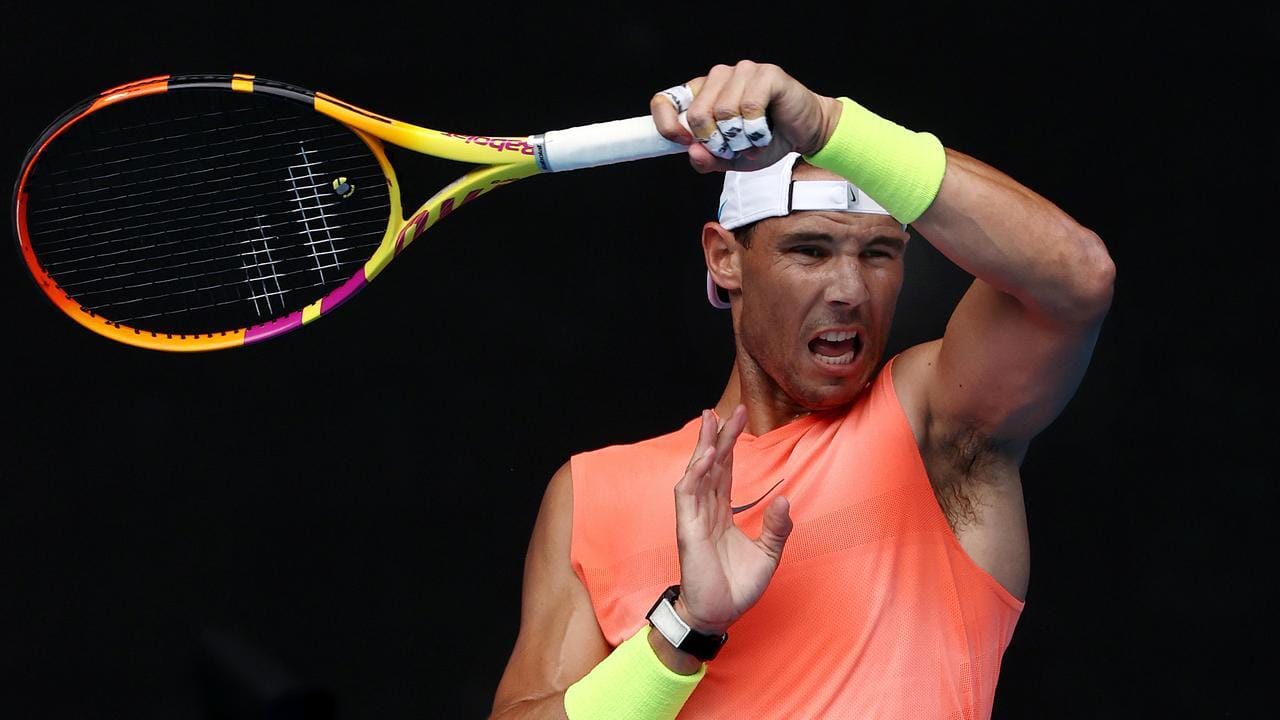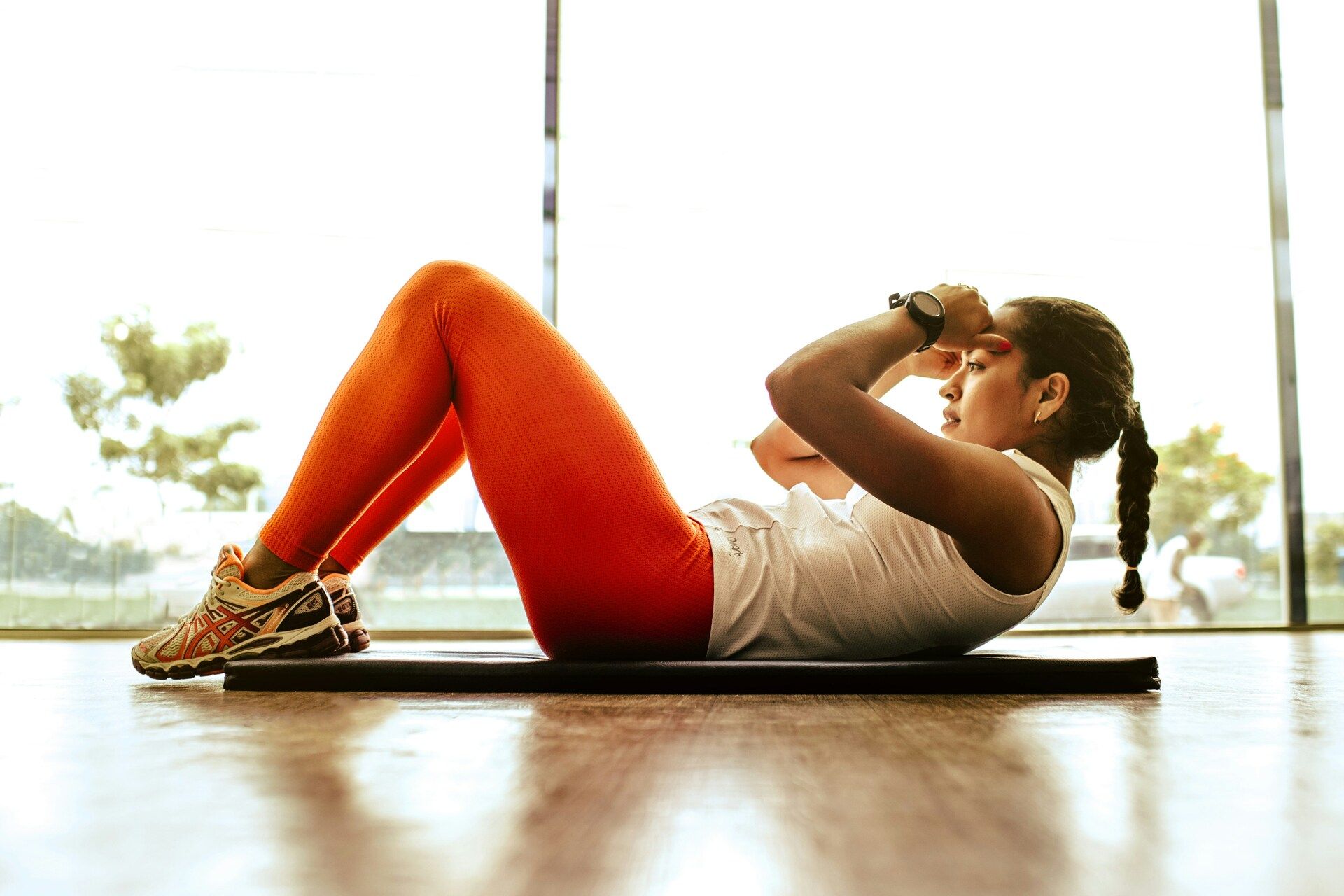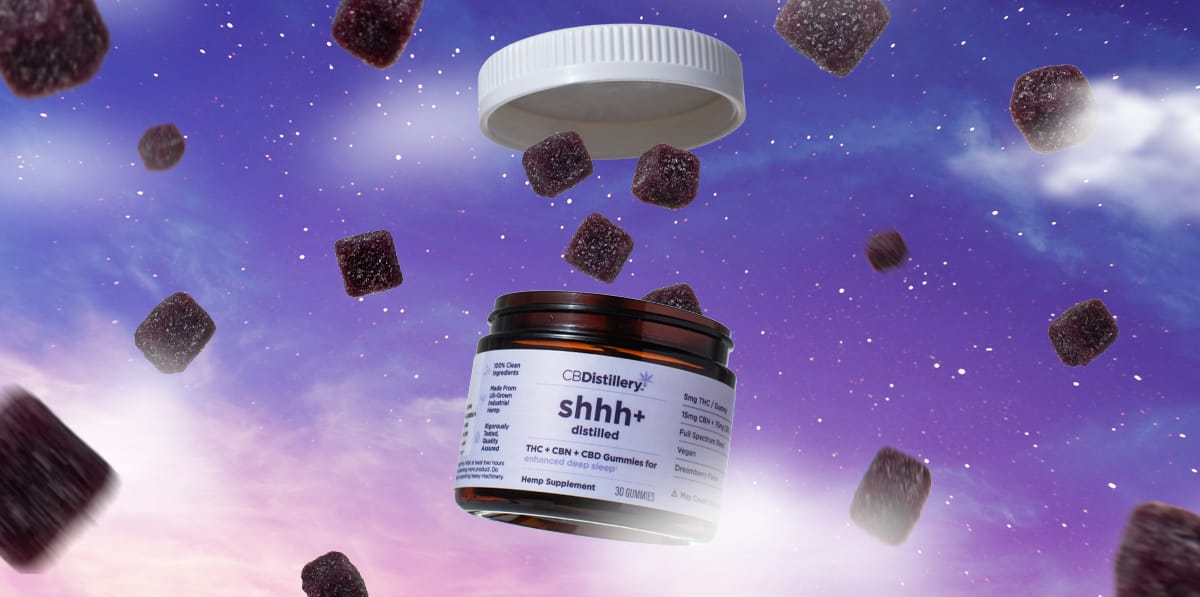Most players fall in love with their forehand early. It's the first swing that feels natural, the one that convinces you maybe this whole game isn't so hard after all. But the same shot that feels instinctive can also be deceptively technical, a mix of physics, timing, and anatomy that separates casual hitters from true craftsmen.
This week, we're breaking down the forehand in full: how the different types (topspin, flat, slice, and lob) demand subtle changes in grip and stance, and why the muscle groups that drive this motion are the same ones most prone to overuse. It's about building a forehand that lasts, one that not only wins points but protects the body behind it.

The Forehand Spectrum: From Topspin to Touch
If the backhand is a shot of discipline, the forehand is a shot of freedom. Most players can feel the difference instantly. The forehand lets you unwind, rotate, and swing through with a kind of athletic ease that feels uniquely your own. It is also the stroke most players learn first, the one that convinces them tennis might actually be manageable. Yet beneath that freedom is a complex series of micro-adjustments in grip, stance, and contact point that quietly decide whether your shot dives deep into the corner or drifts long by a foot. The margins are thinner than they feel, which is why even advanced players occasionally revert to fundamental errors under pressure.
The topspin forehand is the modern player's signature. It is built on a low-to-high brushing motion that whips the ball into heavy rotation, creating a dipping trajectory that allows you to swing big with safety. Advanced pickleball players can generate between 1,500 and 3,000 revolutions per minute on their topspin forehands, with the highest spin rates often coming from players who adapted from tennis backgrounds. The key lies in lag and lift, letting the paddle fall behind your wrist before accelerating upward through contact. This motion mimics throwing a baseball or skipping a stone, natural human movements that translate well to paddle sports. Semi-western and western grips make this easier by closing the paddle face and allowing for more vertical motion. The danger is over-rotation, which can rob you of depth or consistency. Too much spin without forward drive turns aggression into a soft, looping ball that gives opponents time to set up at the kitchen line.
A flat forehand trades spin for penetration. The contact point moves slightly forward, the swing path levels out, and the pace increases as the ball cuts through the air with less drag. It is the preferred weapon for finishing points, attacking balls at the transition zone, or counterpunching against slower shots. Players with powerful flat drives can consistently hit speeds exceeding 50 mph, making it difficult for opponents to react at the non-volley zone. To control it, you need impeccable timing. Even a few milliseconds late, and that line-drive becomes a pop-up. The flat forehand also demands exceptional paddle-head speed and wrist stability, which is why newer players often struggle to control it consistently until their strength and coordination mature.
Then there is the slice forehand, the often-forgotten sibling of the backhand slice. It is not used as often, but when executed well, it is a tactical disruptor that changes rhythm and keeps the ball low. Elite players use the forehand slice brilliantly as a reset shot or to create angles that pull opponents wide, cutting under the ball to create backspin that stays low through the bounce. The key is a soft wrist and an open paddle face that cuts down and through the ball with precision. Used sparingly, it keeps opponents guessing. Used too much, it becomes predictable. The forehand slice is particularly effective in pickleball when opponents are charging forward, as the low bounce can force awkward pop-ups from the kitchen line.
Finally, the forehand lob combines touch and timing. The goal is not height for its own sake but shape, a smooth lift that arcs deep over an opponent's head. Early preparation and a relaxed hand are essential. The best lobs start with deception, the same loading motion as a topspin drive that makes opponents hesitate before advancing. Done right, it buys time, reclaims position, and sometimes wins the point outright. In doubles especially, a well-disguised lob can shift momentum instantly, forcing a retreating team to scramble and creating easy put-away opportunities. The topspin lob, a more advanced variation, adds forward rotation that dips sharply after clearing the opponent, landing deep in the court and making it nearly impossible to chase down even when anticipated.
At the core of all these variations is the contact point. The forehand demands precision slightly in front of your body at hip to waist height. Too far back, and your kinetic chain collapses. Too far forward, and you end up swatting rather than swinging. Every version of the forehand depends on timing your body's rotation with the arm's release so that your torso and legs drive the motion while the hand guides. Interestingly, studies using motion-capture technology show that elite pickleball players make contact within a two-inch window on nearly every forehand, regardless of ball speed or spin. That consistency is what separates recreational players from touring professionals, the ability to adjust footwork and preparation so the contact point remains stable even under pressure.
The best forehands look effortless not because they are simple but because every joint is synchronized from the ground up. It is what makes the forehand so personal, a reflection of rhythm, leverage, and control unique to every player. Watch a dozen professional pickleball players hit forehands and you will see a dozen different styles, yet all share the same underlying principles of balance, timing, and sequential energy transfer. The forehand is both an individual signature and a universal biomechanical truth.
TL;DR: The Forehand Spectrum
The forehand offers freedom but demands precise coordination between grip, stance, and contact point within a remarkably tight window.
Topspin forehands can generate 1,500 to 3,000 RPM and provide margin through dipping trajectories; flat forehands can exceed 50 mph but require impeccable timing.
The slice forehand disrupts rhythm and forces awkward pop-ups from the kitchen line, while the lob (especially the topspin variation) creates time and tactical advantages.
Elite players maintain contact points within a two-inch window regardless of pressure, a consistency built through footwork and preparation.
Success comes from timing and sequential body rotation, not just arm speed. The forehand is both a universal biomechanical principle and an individual signature.

The Engine Behind the Swing: The Three Muscle Groups That Make It Happen
The forehand might look like an arm-driven motion, but the arm only delivers what the rest of the body generates. Every powerful, accurate forehand begins from the ground, moving upward through a chain of muscles that stabilize, rotate, and finally release. This concept, known as the kinetic chain, is fundamental to all throwing and striking sports. Understanding that sequence is not only the key to more power but also to longevity. Players who rely too heavily on arm strength tend to develop overuse injuries within a few seasons, while those who engage their entire body can play competitively for decades without the chronic pain that plagues so many pickleball enthusiasts.
The lower body is the base of the motion. The glutes and quads create the foundation and the springboard, storing and releasing energy through the legs. When you load into your right leg for a right-handed shot, those muscles compress and then drive upward. This coiling and uncoiling mirrors the mechanics of jumping, which is why plyometric training translates so well to pickleball performance. Strength and stability here allow efficient energy transfer to the torso and arm. Weak legs create a floating forehand with poor consistency and greater strain on the upper body. Research shows that up to 50 percent of paddle-head speed comes from lower-body contribution, not the arm. Players recovering from leg injuries often notice their forehands lose pace and precision even though their arms feel fine, a clear indicator of how critical the legs are to generating power from the baseline.
Next comes the core, the rotational engine linking lower and upper halves. The obliques, rectus abdominis, and deep spinal stabilizers manage torque and direct the energy flow. Think of the core as the transmission in a car, converting raw power from the engine into controlled motion. A strong, coordinated core prevents the spine and shoulder from compensating under stress and adds velocity without extra effort. Most forehand-related back pain stems from a weak or untrained core that forces the lumbar spine to twist too far. Pickleball players are especially prone to disc issues in the lower back, not from a single traumatic event but from thousands of repetitive rotations performed without adequate core support. The quick, reactive nature of pickleball, with its rapid changes of direction and sudden pivots, amplifies this risk. Strengthening the transverse abdominis and multifidus muscles, the deep stabilizers most people neglect, can reduce injury risk significantly.
Finally, the shoulder complex and forearm act as the delivery system. The rotator cuff positions the paddle, while the forearm flexors and extensors fine-tune control. These muscles are relatively small compared to the legs and core, which is precisely why they cannot handle the load alone. Overusing these smaller muscles is what leads to pickleball elbow and shoulder irritation. Medial epicondylitis, often called pickleball elbow, is an inflammation of the tendons that attach to the inside of the elbow, caused by repetitive wrist flexion and poor technique. Strengthen them, but more importantly, integrate them through kinetic-chain training such as band rotations, pronation drills, and controlled stability work. Eccentric exercises, where the muscle lengthens under load, are particularly effective for building resilience in the forearm and preventing chronic tendon issues.
When these three regions coordinate, the motion feels effortless, the energy flowing smoothly from the legs through the torso and out the arm. When one link weakens, the rest overcompensate, and that is when pain begins. Coordination is the quiet difference between power and injury.
To train this system, combine stability and mobility. Strengthen the glutes and core to anchor the motion while keeping the shoulders supple and reactive. Medicine-ball throws, single-leg squats, rotational planks, and light resistance-band work build that integration. Turkish get-ups and farmer's carries are also excellent for developing the coordinated strength pickleball demands. The goal is a forehand that ages well, one that feels strong and fluid after years of play rather than months of strain. Many recreational players make the mistake of focusing solely on drilling and match play while neglecting strength work, then wonder why their shots lose power or why nagging injuries accumulate over time. A well-designed strength program does not make you bulky or slow, it makes you durable and explosive on the court.
A great forehand is not built in the arm. It is built in how the body moves together, a chain reaction of control and timing that begins long before the racquet ever meets the ball.
TL;DR: The Engine Behind the Swing
The arm delivers what the body creates; up to 50 percent of racquet-head speed comes from the lower body, not the arm.
Glutes and quads provide the coiling foundation, the core acts as a rotational transmission preventing spinal compensation, and the shoulder-forearm complex controls precision.
Weakness in one area leads to overcompensation and injury. Tennis elbow and lower back issues stem from poor kinetic-chain sequencing, not just overuse.
Training should blend stability exercises (Turkish get-ups, farmer's carries, rotational planks) with mobility work and eccentric forearm strengthening.
The smoothest, most durable forehands come from integrated strength and coordination, not isolated arm power. Proper conditioning allows decades of play, not just seasons.
These Gummies May Result in Better Days and Deeper Sleeps
A lot of people have trouble getting enough quality sleep. That’s why CBDistillery created Enhanced Deep Sleep Gummies, with a blend of naturally-occurring cannabinoids to support sleep without next-morning grogginess.
And CBDistillery’s holiday savings start now! Use code BFCM30 to save 30% on your first order and start sleeping better!
If the backhand teaches control, the forehand teaches trust. You learn to let the motion unfold instead of forcing it, to let power emerge from timing rather than muscle. That sensation of flow and precision is what most players spend years chasing, not realizing it begins with coordination and ends with confidence.
The best forehands are built on patience, evolving through repetition and refinement rather than force. The same muscles that give you power can also protect you if trained properly. Learn to move efficiently, train the supporting systems, and your forehand will remain as strong in your sixties as it was in your thirties.
Every swing tells a story about the body behind it. The smoother the story, the longer the career.
Boris.
Disclaimer: This newsletter is for educational and informational purposes only and does not constitute medical advice. The content is not intended to be a substitute for professional medical advice, diagnosis, or treatment. Always seek the advice of your physician or other qualified health provider with any questions you may have regarding a medical condition. Never disregard professional medical advice or delay seeking it because of something you have read in this newsletter.

